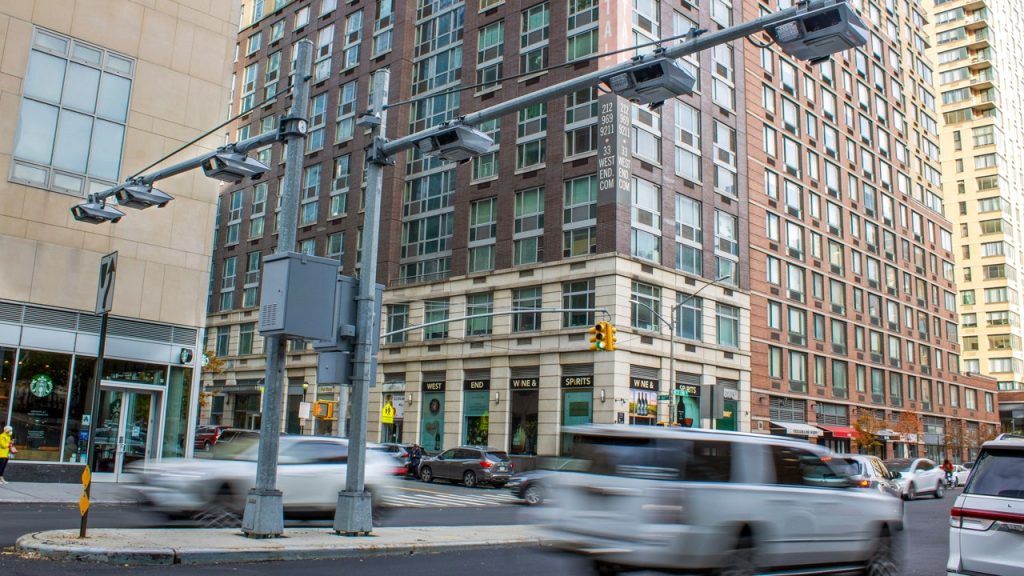The $15 toll for drivers entering Manhattan’s central business district will begin on June 30, as announced by transit officials. The congestion pricing plan will apply to most drivers entering Manhattan south of 60th Street during daytime hours, with higher tolls for larger vehicles and lower tolls for nighttime entries and motorcycles. The program, approved by the New York state Legislature in 2019, is expected to generate $1 billion annually to improve public transportation for the city’s 4 million daily riders.
Supporters believe that congestion pricing will not only raise funds for buses and subways but also reduce pollution by discouraging driving into Manhattan. Metropolitan Transportation Authority CEO Janno Lieber emphasized that New York City is a mass transit city, with most people already using mass transit to enter the central business district. However, opponents argue that the fees will burden commuters and increase the prices of goods transported to the city by truck. Despite this, Lieber remains optimistic about the resolution of the New Jersey lawsuit filed against the congestion pricing plan, which will be the first of its kind in the United States.
Congestion pricing will officially start on June 30, with the first toll being the late-night fee of $3.75 at 12:01 a.m. The $15 toll will come into effect at 9 a.m., affecting most daytime commuters. Low-income drivers are encouraged to apply for a congestion toll discount on the MTA website, while disabled individuals can apply for exemptions. The aim is to make transportation more efficient in New York City and ease congestion in the central business district.
Despite concerns raised by opponents, the implementation of congestion pricing is seen as a step towards improving public transportation in New York City. The funds generated from tolls will support buses and subways, benefitting millions of daily riders. By reducing pollution and encouraging mass transit usage, congestion pricing aims to create a more sustainable transportation system in the city. The ability for low-income drivers to apply for discounts and disabled individuals to seek exemptions shows an effort to mitigate the impact of tolls on those who may be financially disadvantaged.
As the first congestion pricing program in the United States, New York City’s plan has faced legal challenges, with New Jersey filing a lawsuit against it. Despite this, transit officials are optimistic about the resolution of the lawsuit and believe that congestion pricing will ultimately benefit the city and its residents. By incentivizing the use of mass transit and reducing traffic congestion, the tolls aim to create a more efficient and sustainable transportation system in Manhattan’s central business district. The June 30 start date marks a significant milestone in the implementation of the congestion pricing plan, with various measures in place to assist individuals who may be affected by the tolls.


